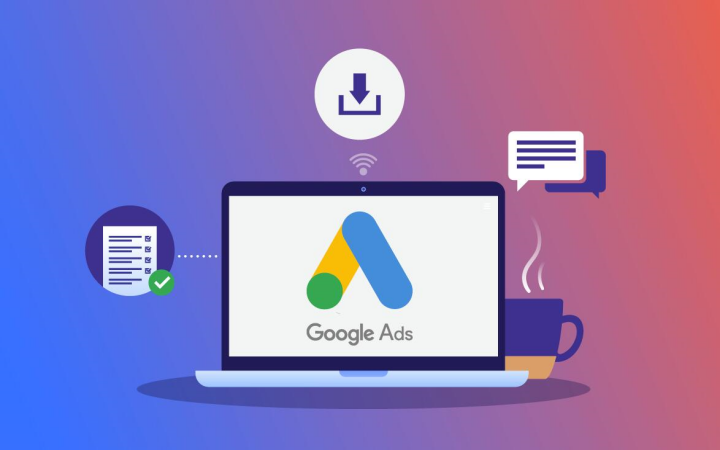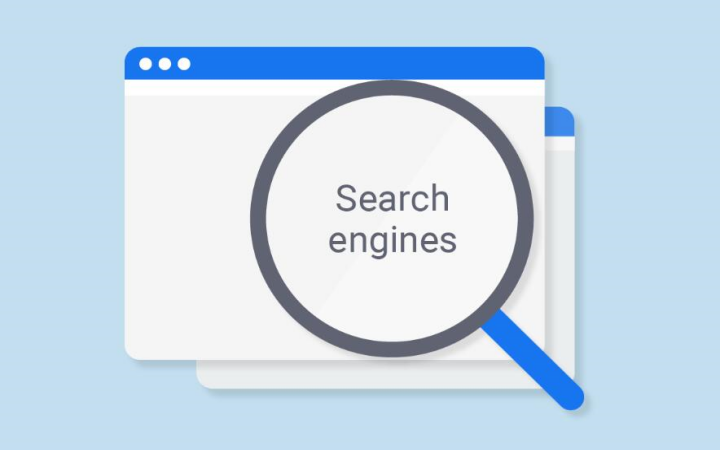Social media advertising is a non-necessary component of almost all businesses, whether large or small when it comes to how they benefit from digital marketing. However, the prospect of having to get your head around the expenses bound to the advertising platforms may be overwhelming. This elaborate guide will meticulously describe the costs, factors causing price changes over a period, and ideas that can help one get an efficient return on investment (ROI). Be you a small business owner or digital marketer; this article will be a good source of information that will help you make successful decisions about your social media advertising campaigns in 2024.

Cost of Social Advertising by Platform
The matter of social media advertising costs is like a journey through the forest in the early twenties. The guide to your voyage, a deep exploration of the SEP of each platform, the importance of seasonality, and the various types of ads are the three factors for your trip. Here is the necessary summary, which will help you implement the budget and strategy to keep your site running.
Average Costs by Platform
Facebook & Instagram (Meta)
- CPM (Cost per Thousand Impressions): $7.78
- CPLC (Cost per Link Click): $0.84
- LCTR (Link Click-Through Rate): 0.92%
TikTok
- CPM: $3.76
- CPLC: $0.25
- LCTR: 1.49%
Twitter/X
- CPM: $1.73
- CPLC: $0.07
- LCTR: 2.54%
YouTube
- CPM: $4.39
- CPLC: $1.80
- Cost Variations
Seasonal Fluctuations:
CPM rates rise significantly during high-impact seasons such as Black Friday and Cyber Monday. November and December see the highest increases, with CPMs spiking as much as 66%.
Day of the Week:
As I have found out from my own experience, advertising costs can also vary by day. Fridays are usually the most expensive day, and big players like Facebook and Instagram have CPMs around $7.20 on average.
Cost by Ad Type
Facebook:
- CPC (Cost per Click): $0.26 – $0.50
- CPM: $1.01 – $3
- CPL (Cost per Like): $0 – $0.25
- CPD (Cost per Download): $0 – $5
Instagram:
- CPC: $0 – $0.25
- CPM: $0 – $4
- CPE: $0.03 – $0.08
LinkedIn:
- CPC: $2 – $3
- CPM: $5.01 – $8
- CPS (Cost per Send for Sponsored InMail): $0.26 – $0.50
Pinterest:
- CPC: $0 – $0.10
- CPM: $0 – $1.50
YouTube:
- CPV (Cost per View): $0.10 – $0.30
References: WebFX
How to Calculate the ROI of Social Media Ads

To determine your social media ads’ ROI, one has to be aware of the actual benefits to be enjoyed directly and indirectly. Here’s a simple formula to get you started:
ROI=(Net Profit / Cost of Investment) x 100
Steps to Calculate ROI:
- Track Conversions: Analytics is used to monitor sales, sign-ups, and other lead conversions.
- Calculate the Cost: Find the ad spend, creative expenses, and any other costs involved.
- Capture Revenue: The calculation of the augmentation in the revenue corresponding to the conversions to the ads is performed.
- Assess Indirect Benefits: Your evaluation should include the perception of brand awareness, audience growth, and customer engagement.
Factors Influencing the Cost of Social Media Advertising
The cost of social media advertising is different because of various factors:
Ad Placement: Costs will change if your ad is placed in different places, such as feeds, stories, or search results.
- Target Audience: The audience you are targeting may be very competitive; for example, a high-income demographic leads to a rise in costs.
- Ad Quality: Ads that are creative, useful, and meaningful generally get the lower engagement metric, but they are cheaper due to their better engagement rates.
- Timing: During seasonal changes and economic conditions, ad costs can fluctuate as a result of the combination of some out-of-vogue wares and the coming in of new trends that can cause or bring some of those ships into the game.
- Bidding Strategy: If you opt for any of the bidding strategies, your site might also be affected by the costs.
Tips for Budgeting and Optimizing Social Media Advertising Campaigns

Objectives Must be Enunciated
To officially begin with the marketing campaign, putting the objectives in place should be a great consideration. Firstly, make sure that the goals are vividly presented at that time; doing so will guide you to the correct path, and you will be able to spend money effectively. Ask Yourself:
- What is the aim of this campaign?
- Would you prefer brand awareness, lead generation, or sales-driving through the campaign?
Brief Things that can be measured and Time-bound goals that are achievable and relevant will direct you on your campaign and expose your progress.
Test Different Creatives
One of the most important things when it comes to a good social media advertising campaign is to do effective creative testing. Creatives that work well for one segment of the population may work better for another since different creatives evoke different responses in various segments of the audience. Here are some tips:
- A/B Testing: Use A/B tests to compare different images, headlines, and ad text. Identify the details that present the best results and use the gathered analytics to improve your campaign.
- Video Ads: Think and look at video ads, as they generally attract a larger audience than static images.
- User-Generated Content: Use consumer-generated data to display higher product trust, and your ads will convince people that you are the preferred option.
The unique ability of the singular item to carry a message and appeal to one part of the audience is what makes trying out different creatives so helpful in finding the best one. This will lead to more engagement and lower advertising costs.
Use Analytics Tools
Social media advertising campaigns can only be run with analytics tools. One of the reasons is the tools are used to monitor and optimize the campaigns. These tools enable you to get insights on Ad Performance and user interaction status that can guide you in the decision-making process that drives data-driven actions. The following are some of the most important tools that offer analytics capabilities:
- Facebook Ads Manager: The platform provides performance information, such as cycles, audience demographic importance, and user interaction with ads.
- Google Analytics: This is the platform that both sends the traffic from social media ads and records conversions.
- Third-Party Tools: Networks like Hootsuite, Sprout Social, and Buffer are rich in their analytical and reporting functions.
One of the many benefits of using analytics tools is the capacity to track KPIs that are essential for the business and modify campaign strategies when needed. Follow technology that helps you always have information about your customers and adjust your strategy on the go based on data.
Monitor and Adjust Bids
Bid strategies are important as far as managing the price of social media ads is concerned. A pro approach is regularly controlling and adjusting your bids, as it will allow you to make the most of your budget. Some tips and ideas are:
- Automatic vs. Manual Bidding: The process of loading in the smallest amount of time can be done with the first, so automatic bidding has an edge there. On the other hand, in the case of manual bidding, you can manage your budget accordingly.
- Bid Adjustments: Modify the bids as appropriate for the ones with the best results. Raise the bids for the ones performing well and tune down the others.
- Time of Day: Observe the peak times for your audience and adjust the bid to attract more people’s attention.
Implementing effective bidding strategies guarantees that you get the best possible outcome from the money you invest in advertisements.
Leverage Retargeting
Real-time retargeting has proven to be a powerful digital marketing tool. It aids in engaging individuals who have ever communicated with your company. You can raise the possibility of conversion by targeting this category of users with specific ads. You can also optimize your ad spending cost-effectively through this action. So, this is how you can derive profit from the retargeting:
- Segment Your Audience: Generate user segments that users are naturally attracted to, having left the carts, followed by the season of sale or integrating altogether.
- Personalize Ads: Create ads that are designed to attract different groups of customers in various ways.
- Frequency Capping: The repetition of retargeted ads is limited to sustain user interest while they are on a website.
The opposite client for retargeting is already familiar with your brand and has the probability of converting.
How to Negotiate and Reduce Social Media Advertising Costs
Negotiating and reducing social media advertising costs can help stretch your budget further. Here are some strategies:
- Bulk Purchasing: Some platforms offer discounts for bulk ad purchases or long-term commitments.
- Engage with Platform Reps: Develop relationships with platform representatives for possible discounts and new insights.
- Negotiate Contracts: Whenever you encounter a big enough ad spend, seek terms that include conditions and warranties that benefit you.
- Optimize Bidding: Refine your bidding strategies to maximize your budget successfully.
- Utilize Retargeting: Consider retargeting campaigns to win new leads. Your take will be cost-plus and successful. When you do this, ask why they would be interested in your pitch.
FAQs
What amount should we target for our social media advertising budget?
Determining your social media advertising budget requires that you set precise business goals, identify the target audience, and choose the platforms that are suitable for your business. It is important to start with small capital so that you can do several tryouts in digital marketing, but only when you see the best ones can you scale it up again.
Which social media platform is the most cost-effective?
The list of affirmatively profitable platforms for different companies, client sets, and objectives in a campaign is different. On the one hand, Facebook and Instagram are accessible for a reasonable thorough rate for your advertisement to many distant clients. On the other hand, LinkedIn is more expensive but targets only professionals in a clear way and is known for B2B campaigns.
What are the best practices for creating effective social media ads?
The basics for crafting effective ads are utilizing high-resolution graphics, writing interesting content, choosing the correct audience, testing different ad alternatives, and marking mobile as the primary device.
Conclusion
Social media advertising is an elegant instrument for small businesses and digital marketers. By learning the variation in application costs, you will have the opportunity to compute your ROI along with using optimization strategies that are not only effective but will massively improve your overall advertising campaign. As the landscape is continually changing, learn what no one else has and become the leader among your competitors through upgrading your game to the latest versions.
Can you imagine doing social media marketing on the next level?


